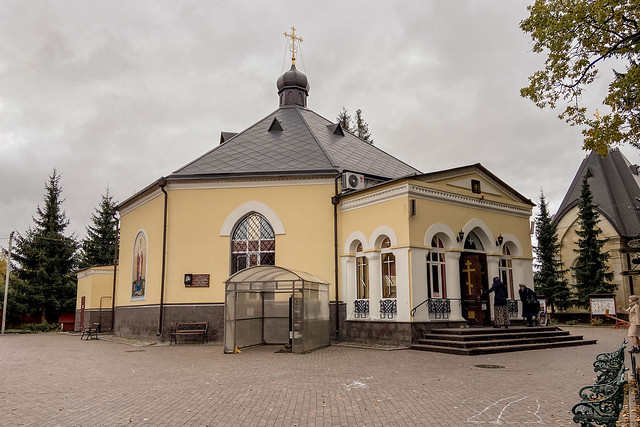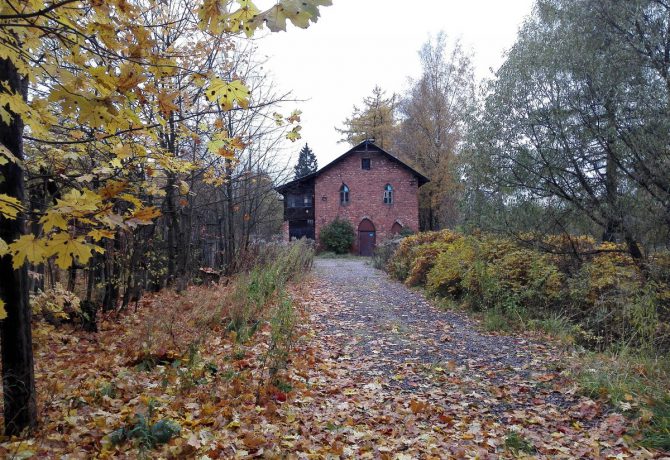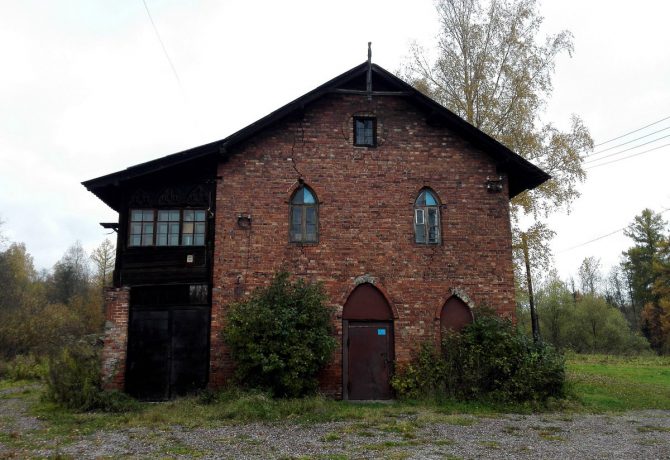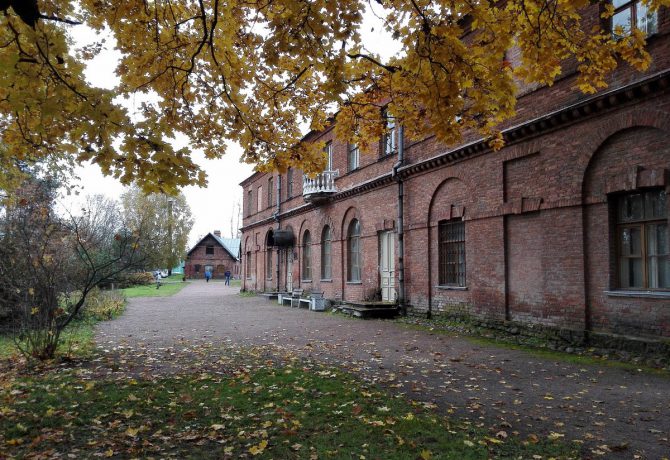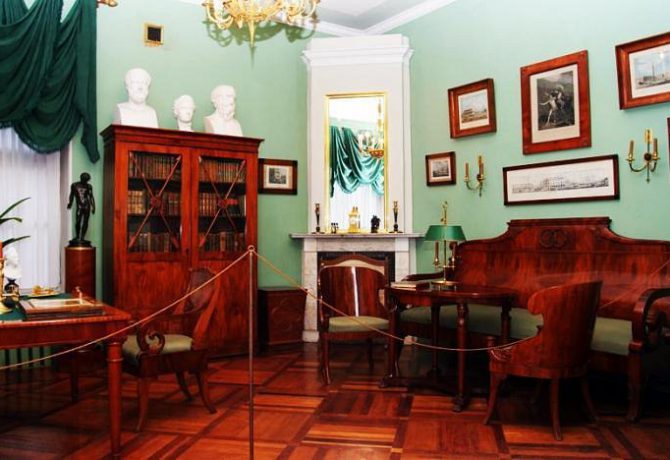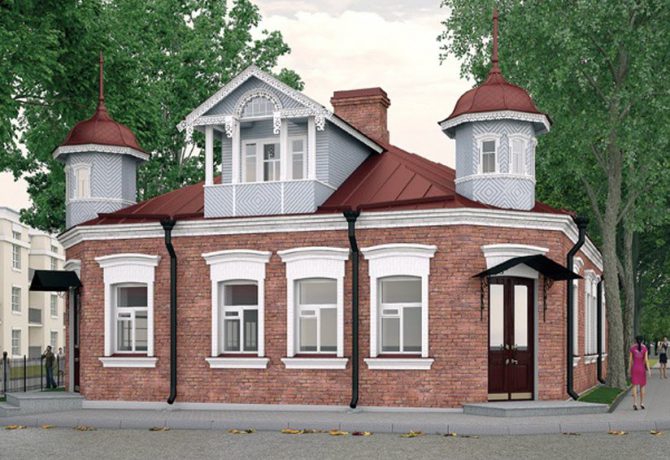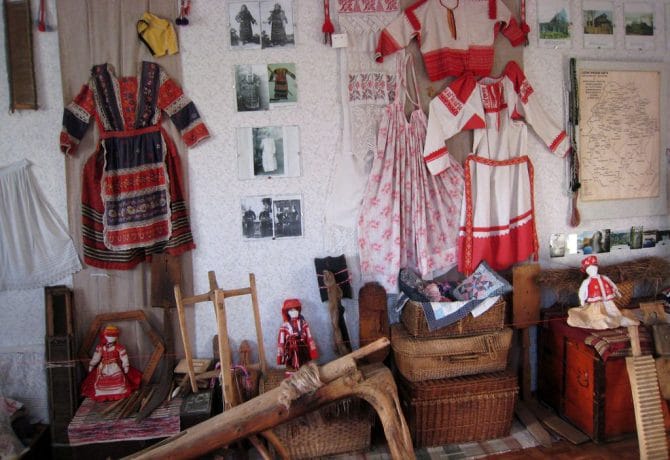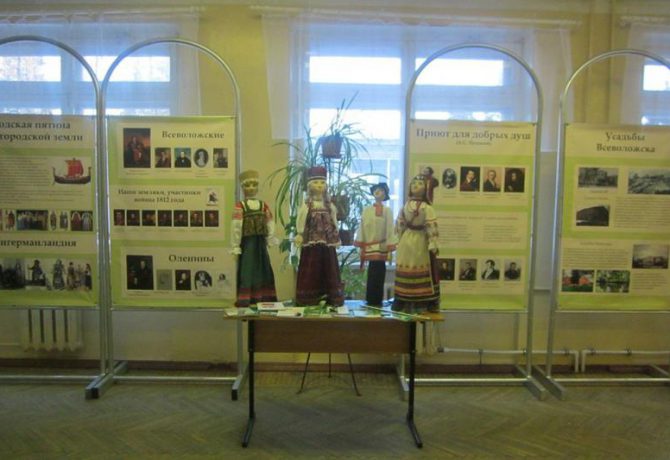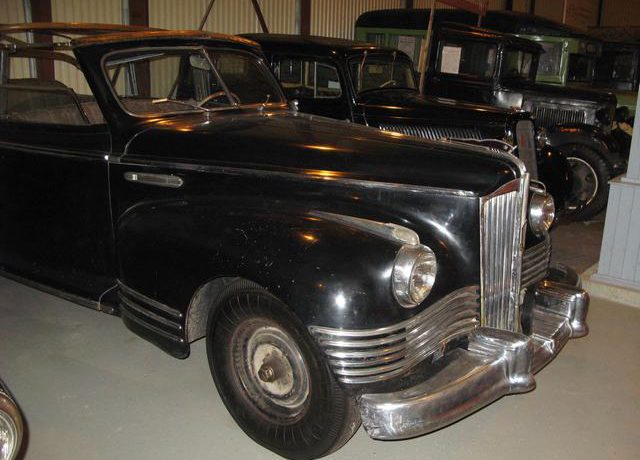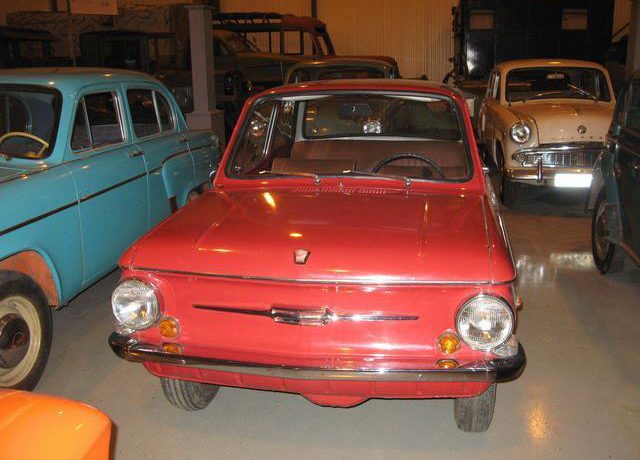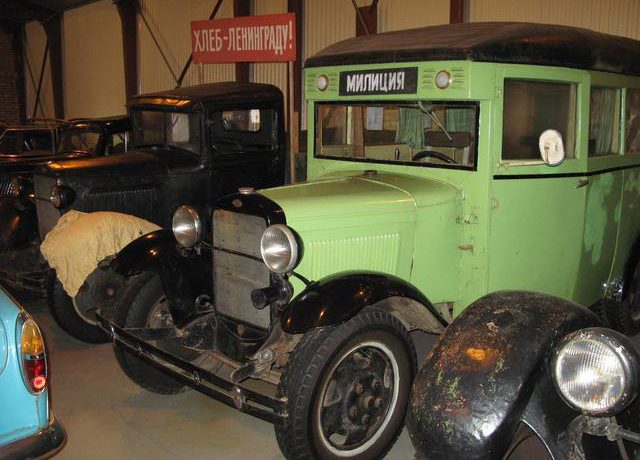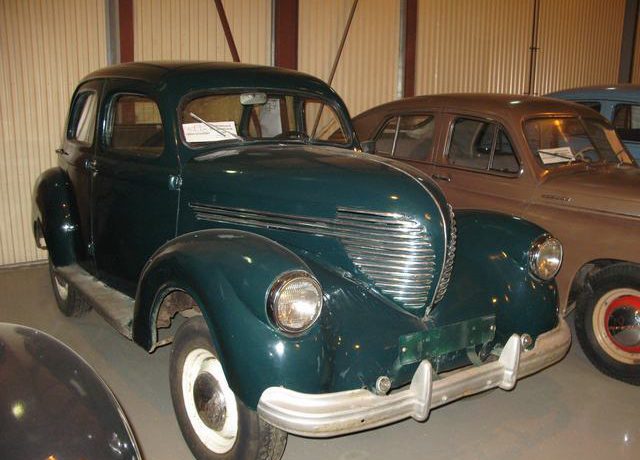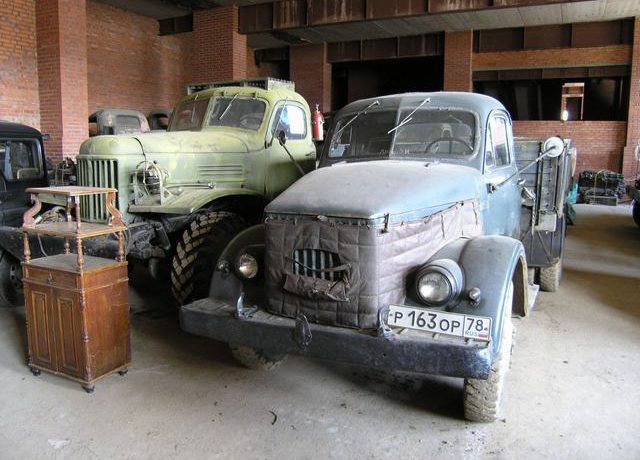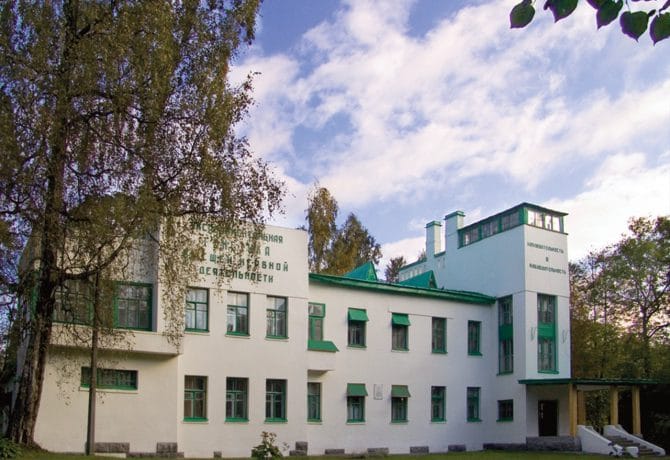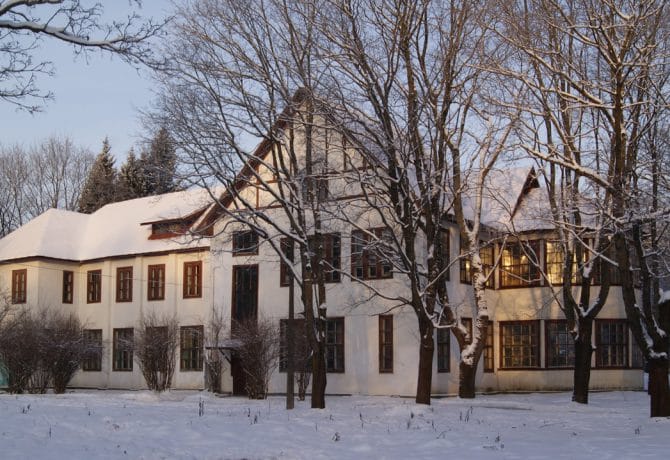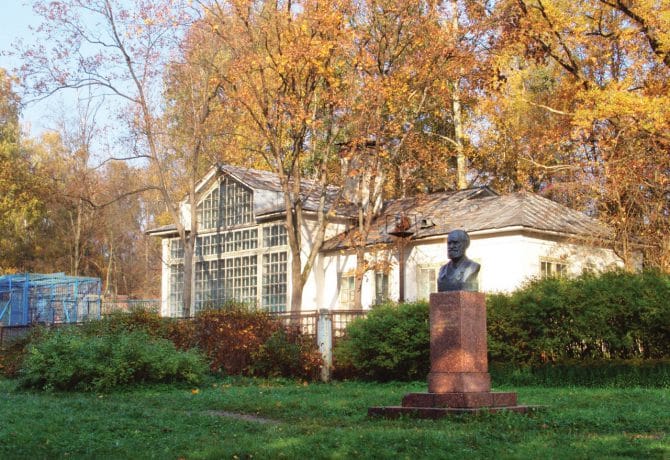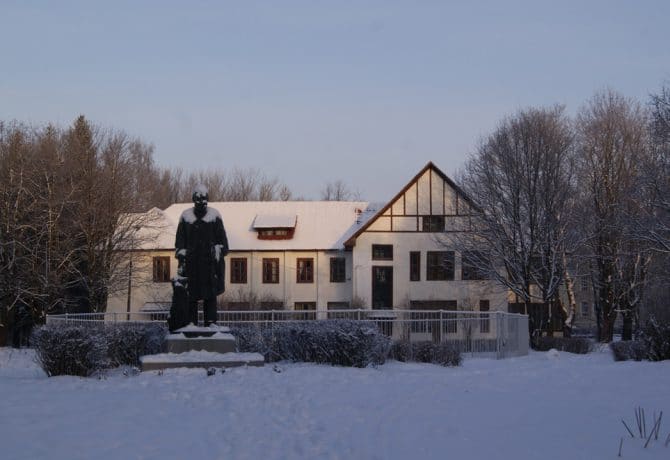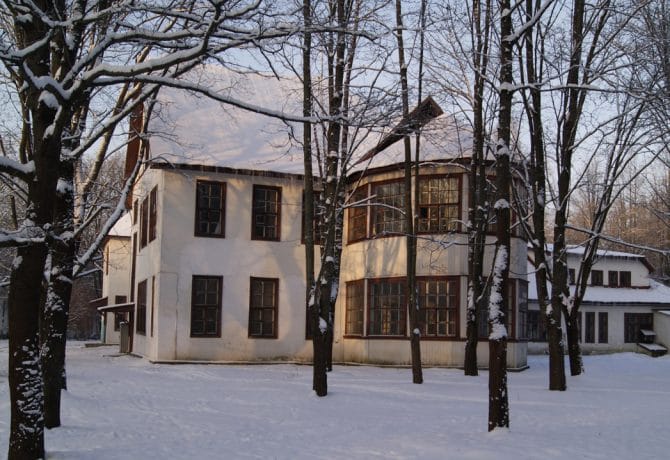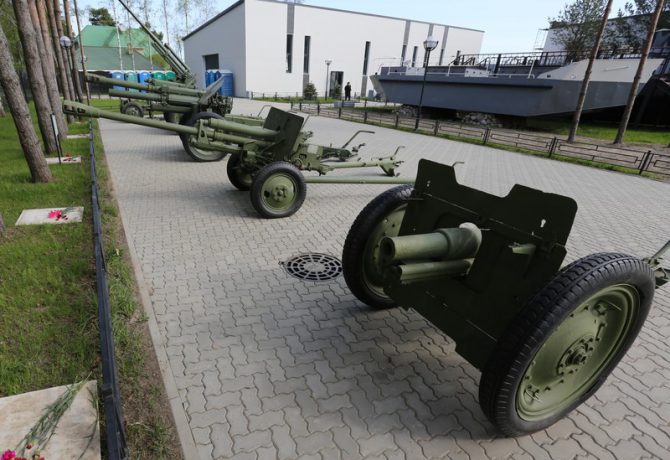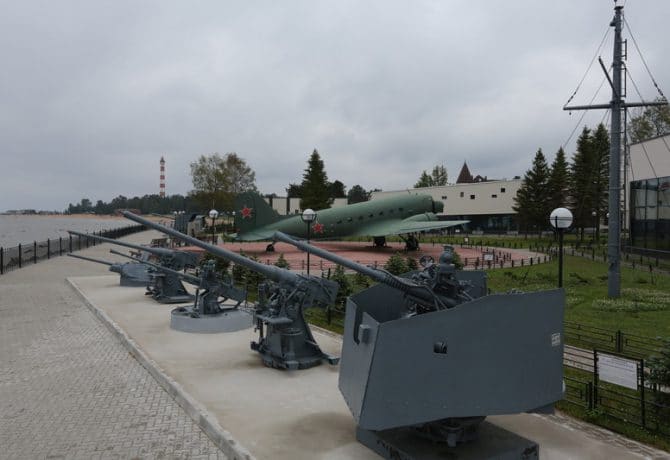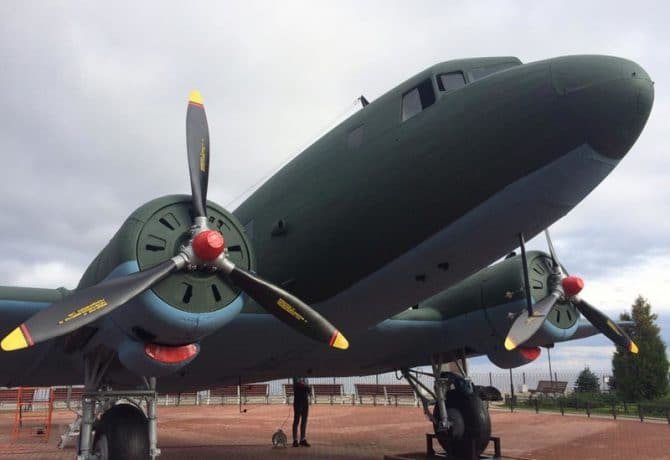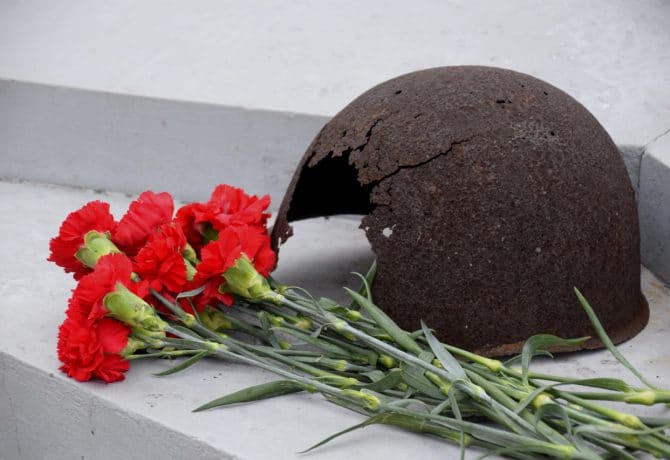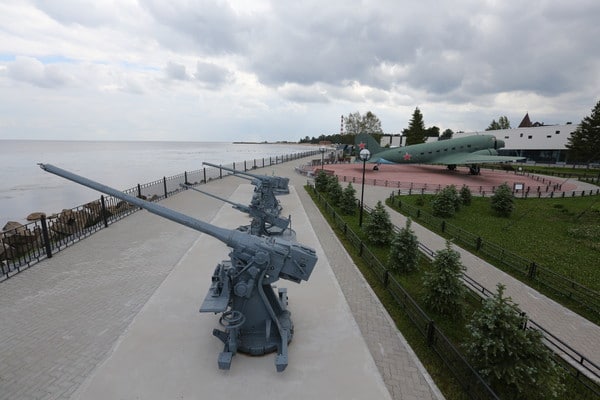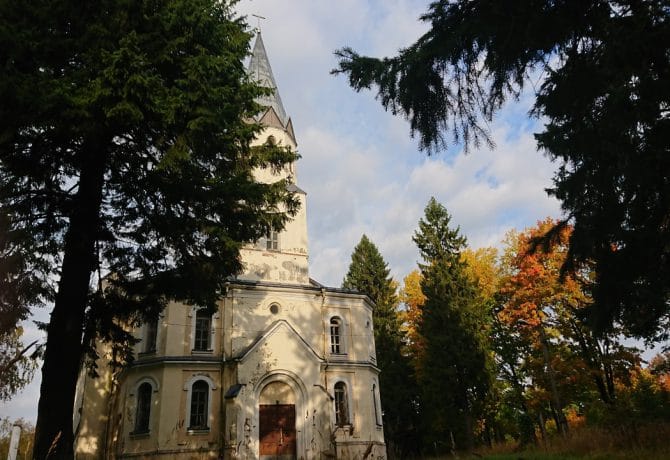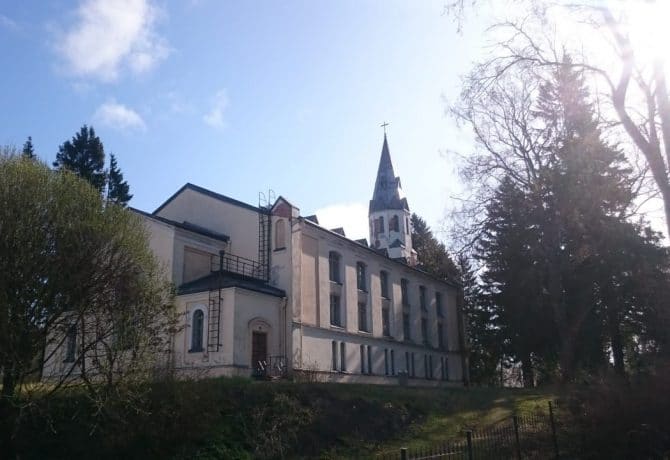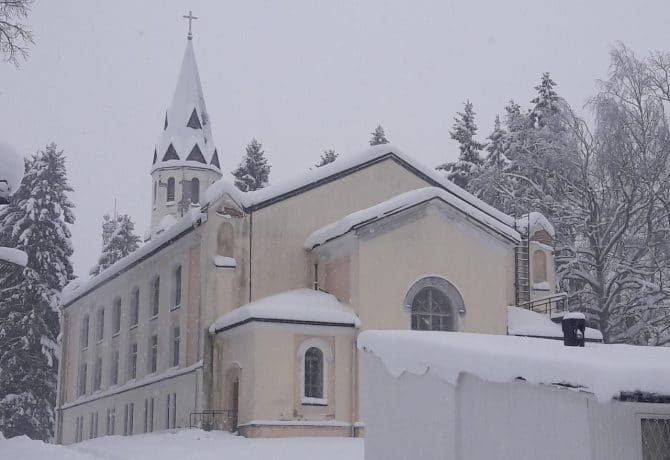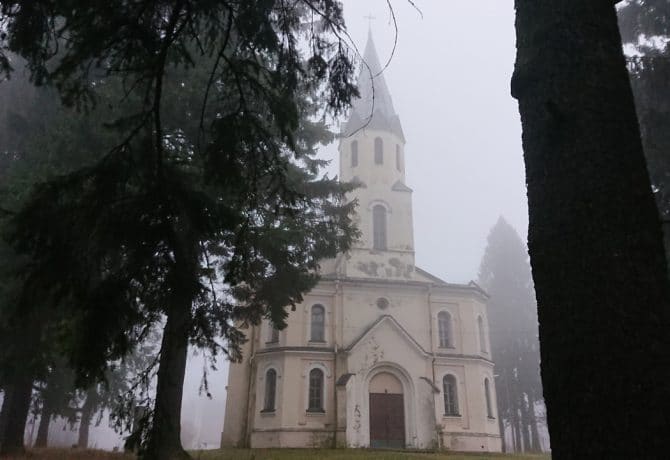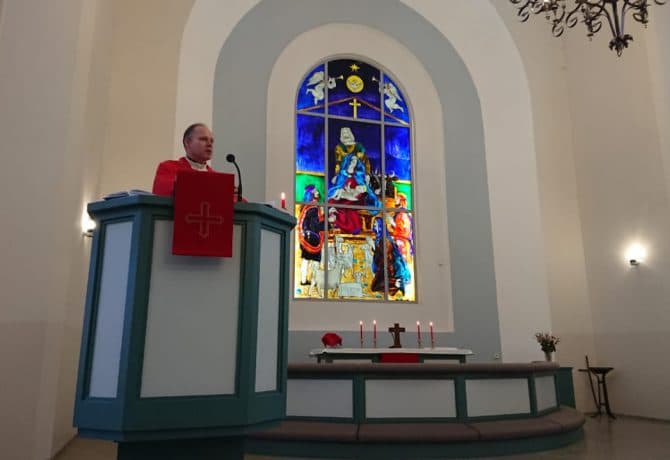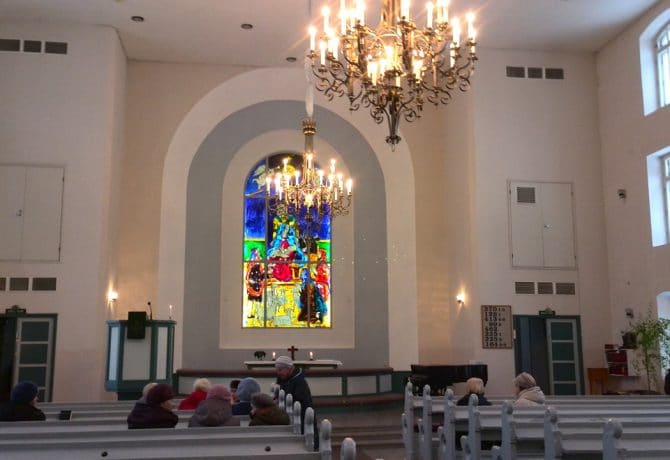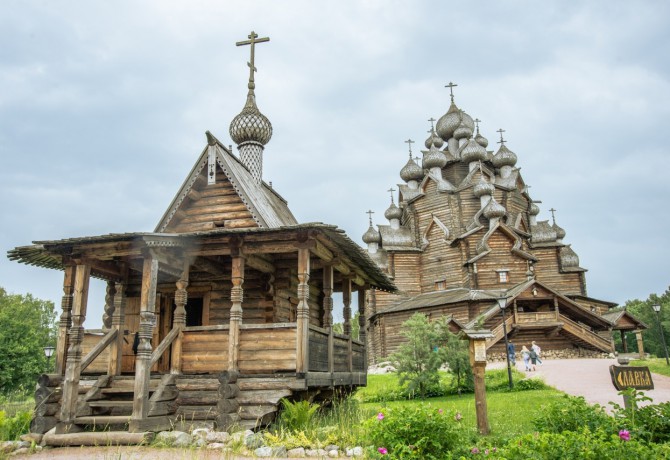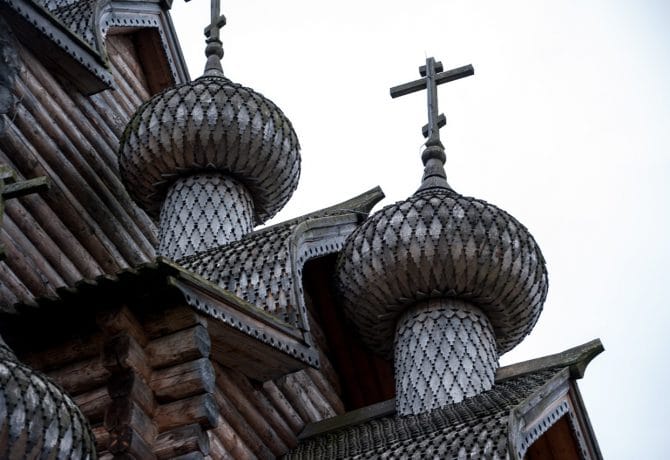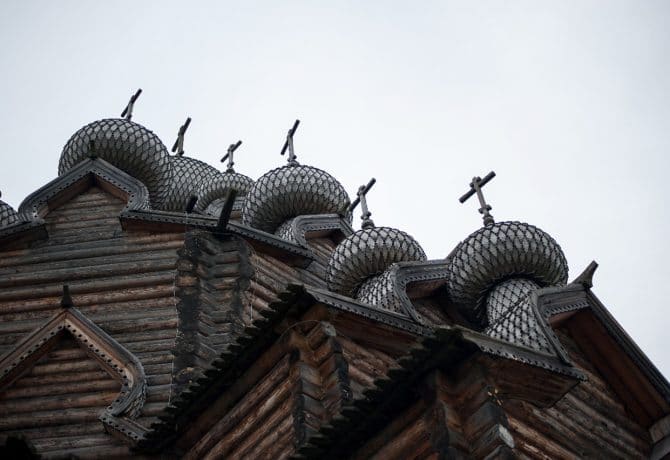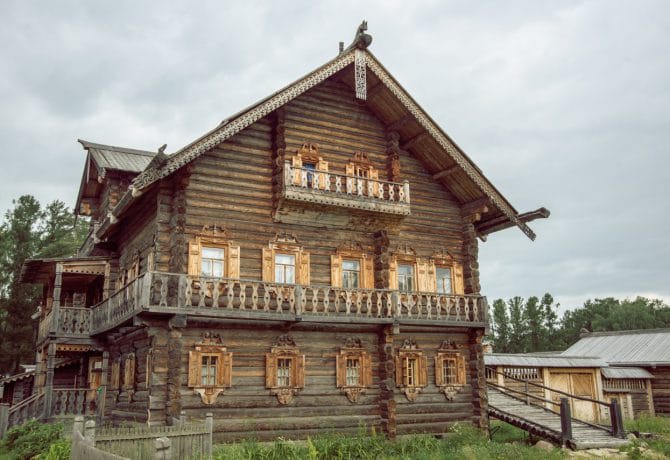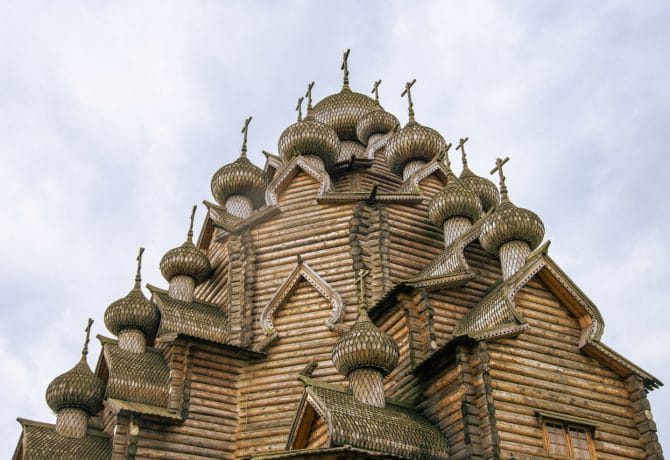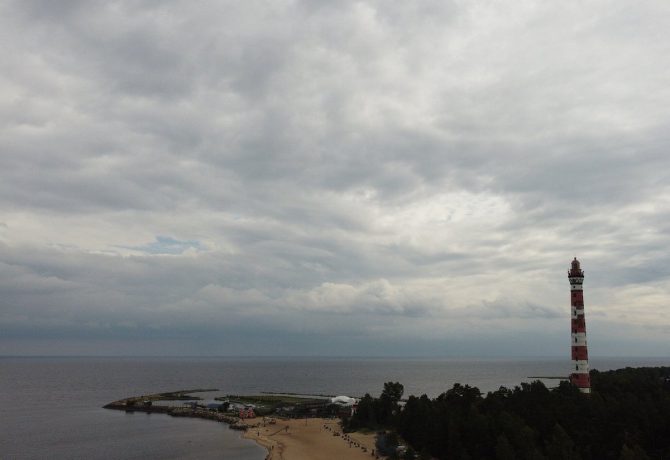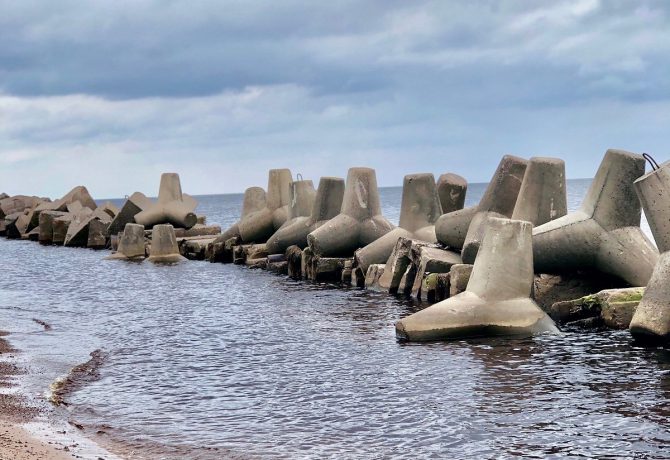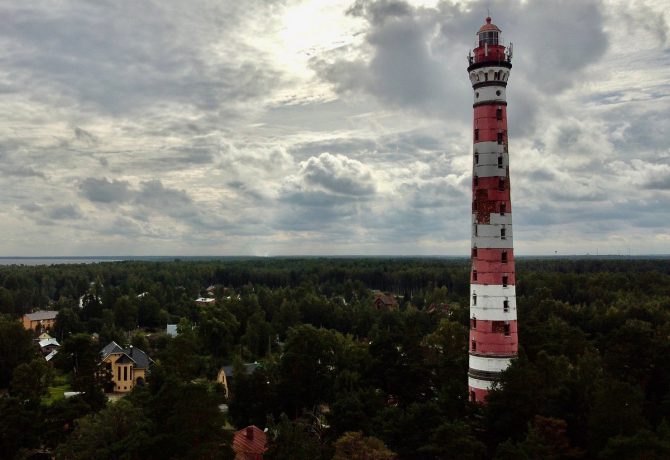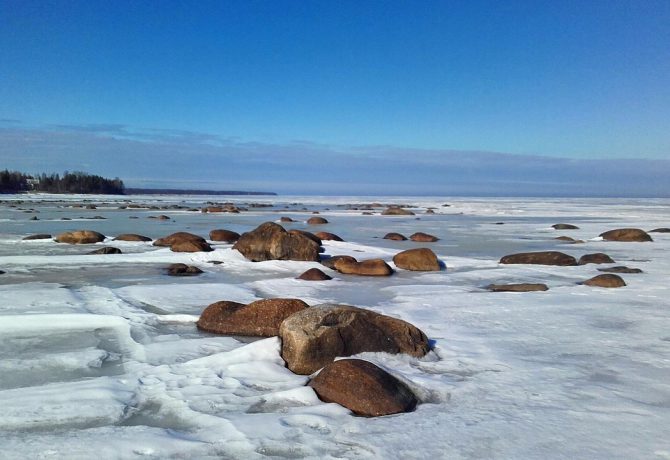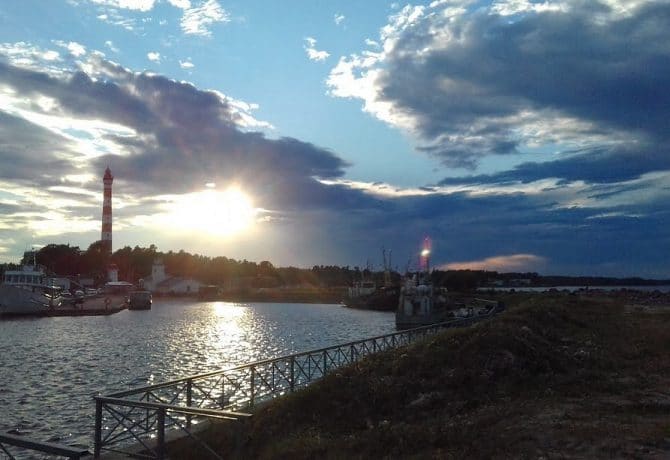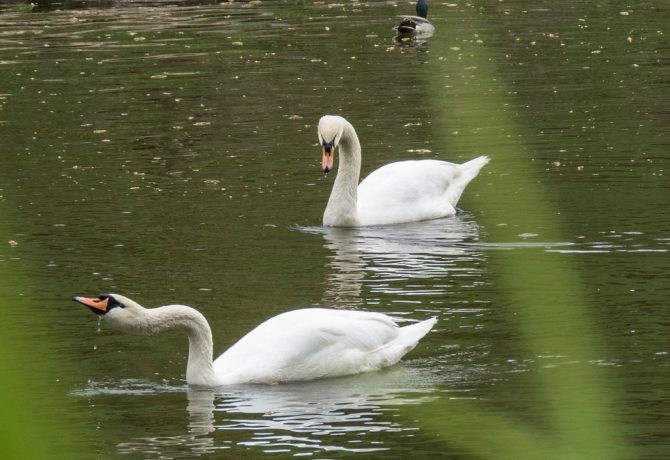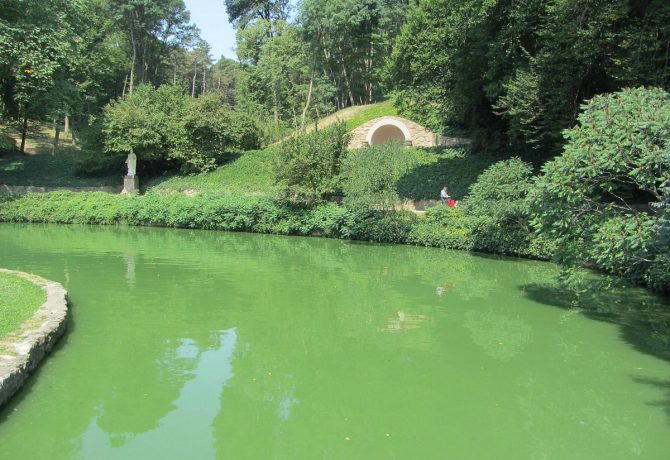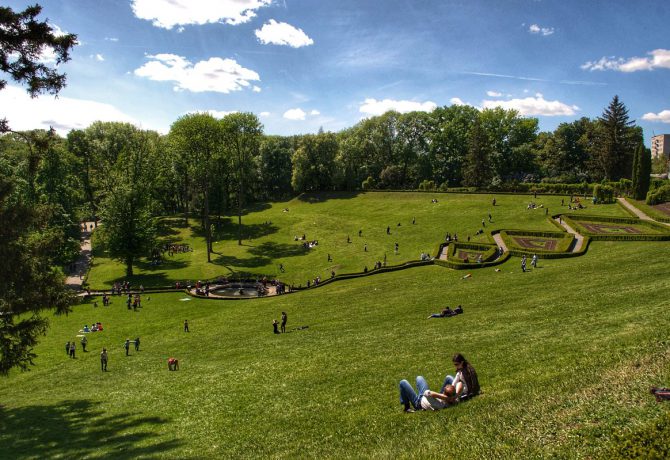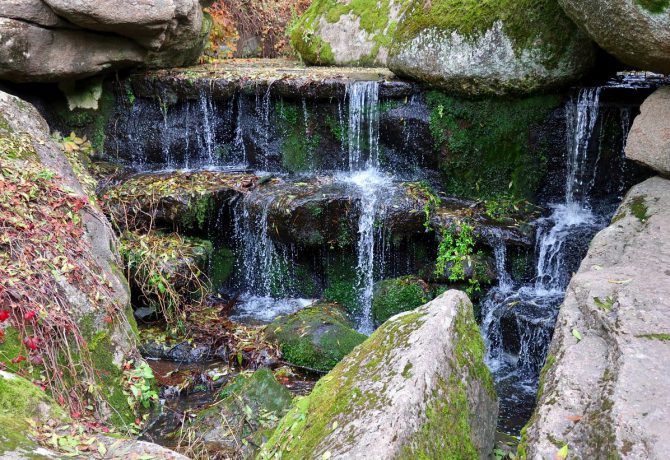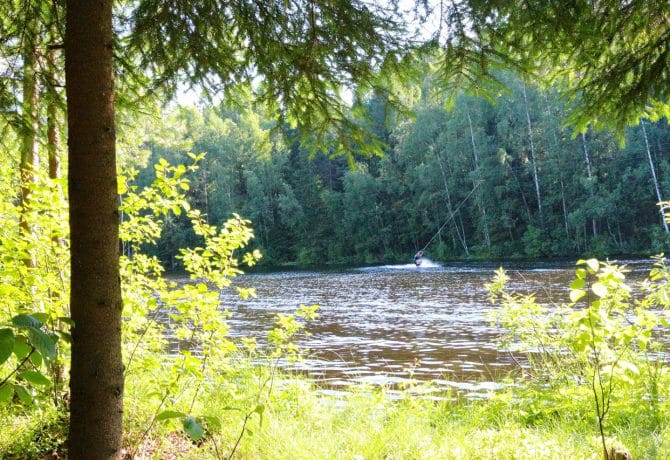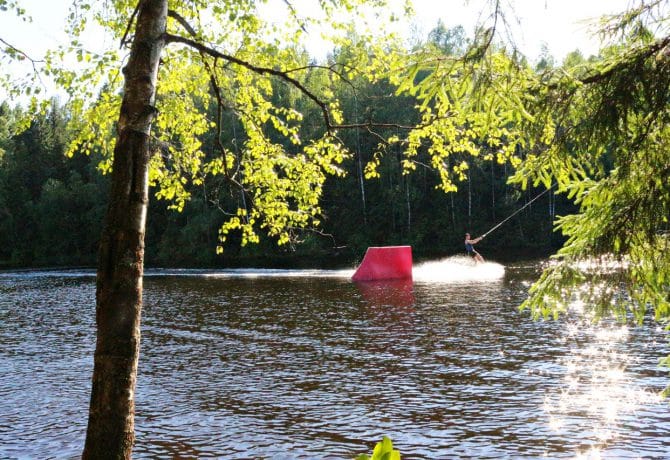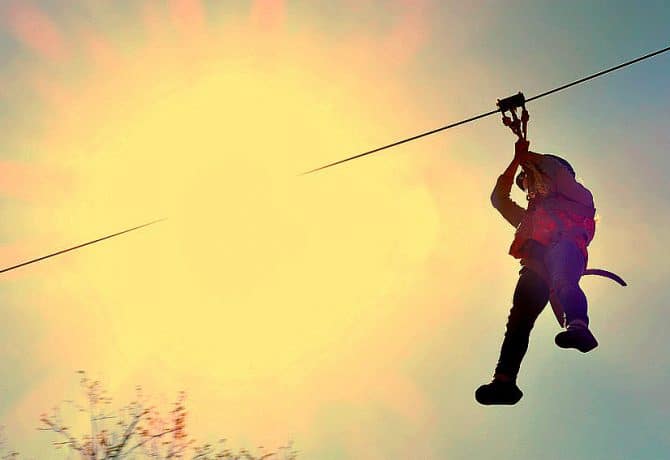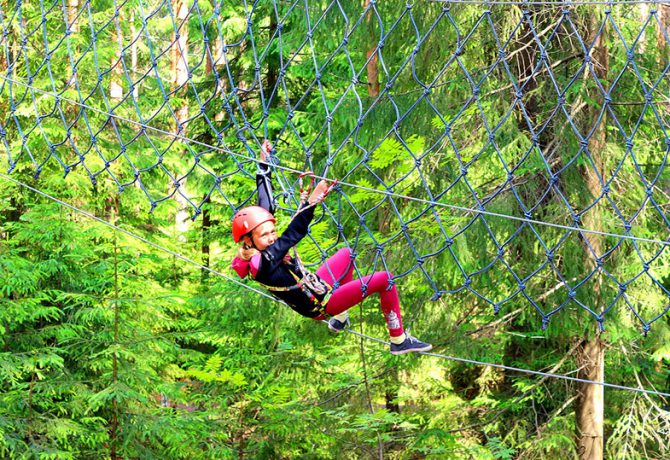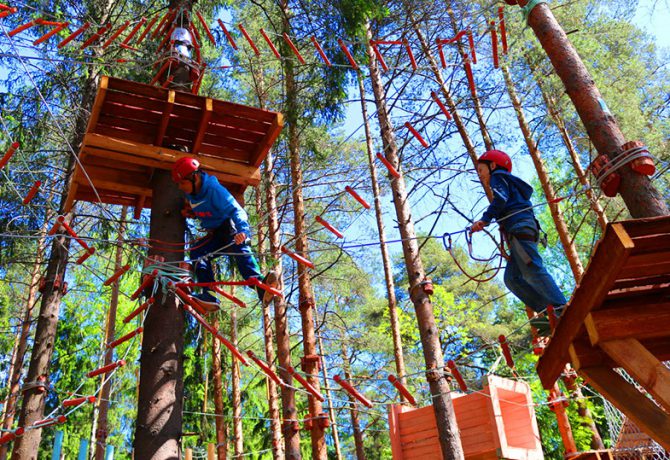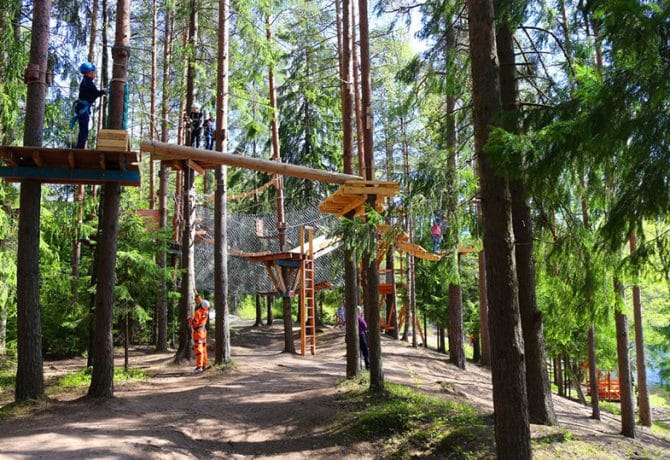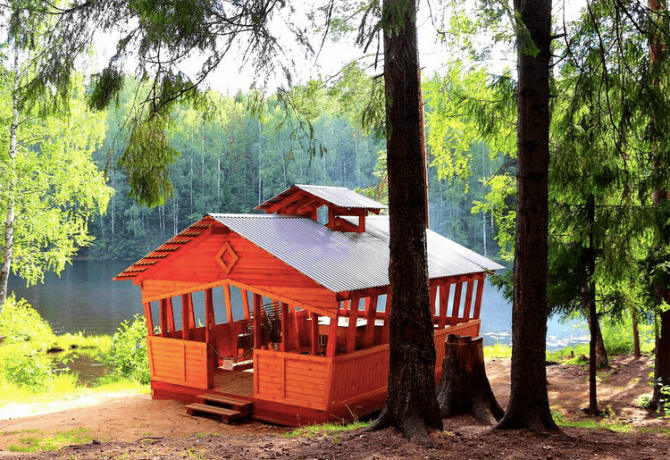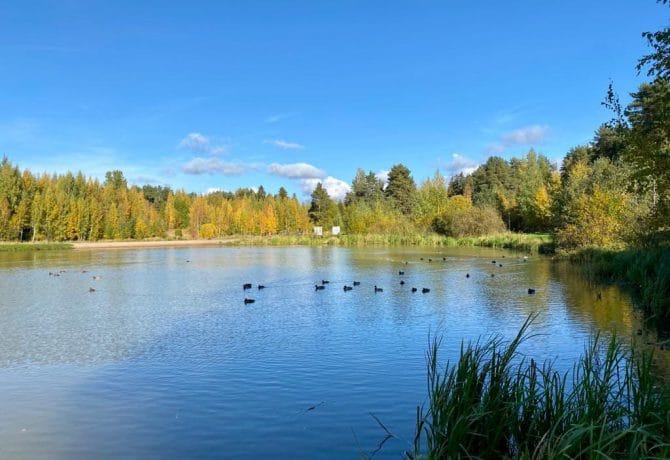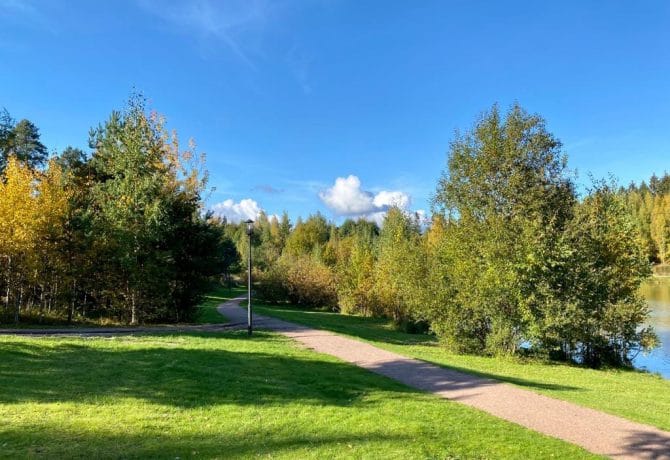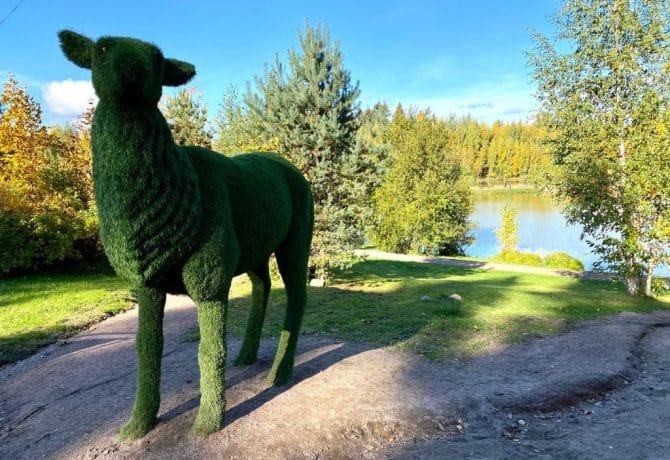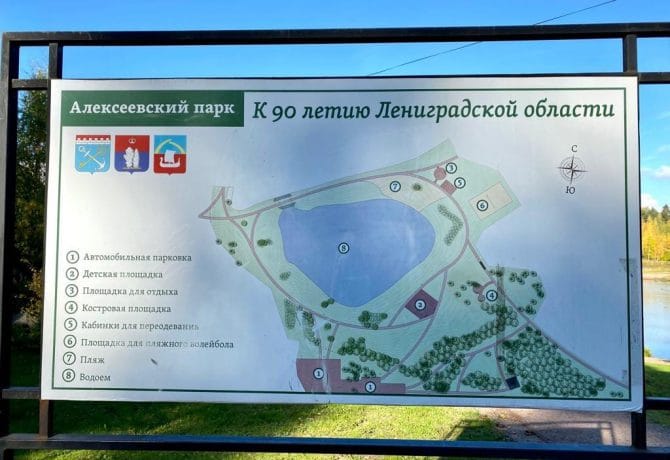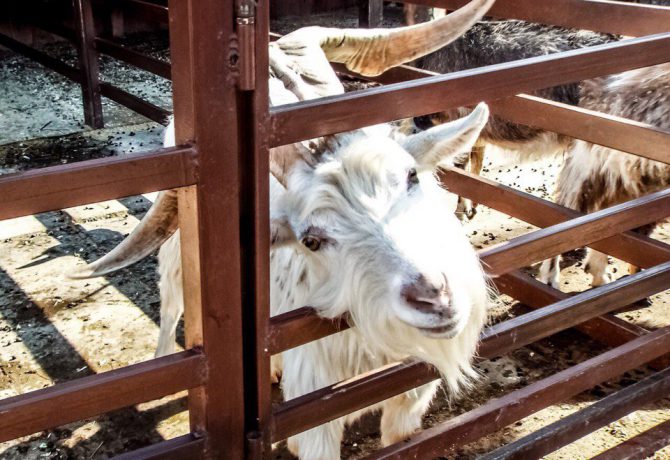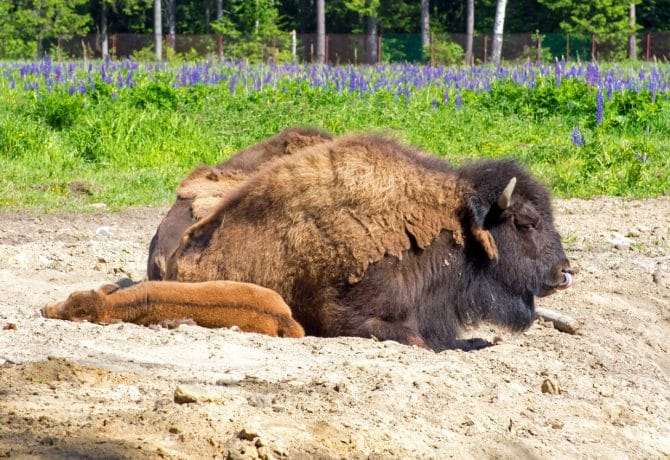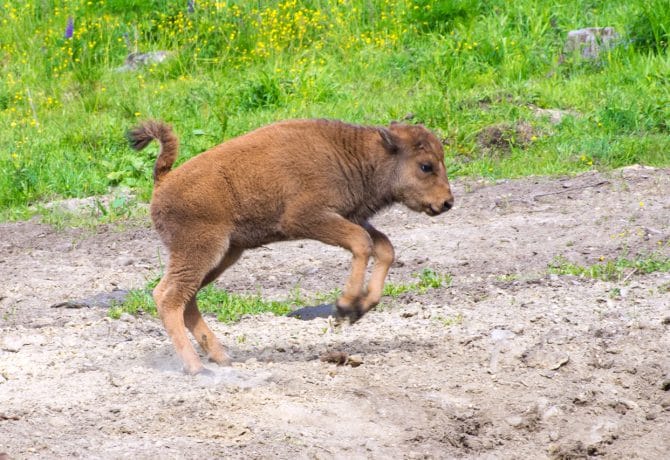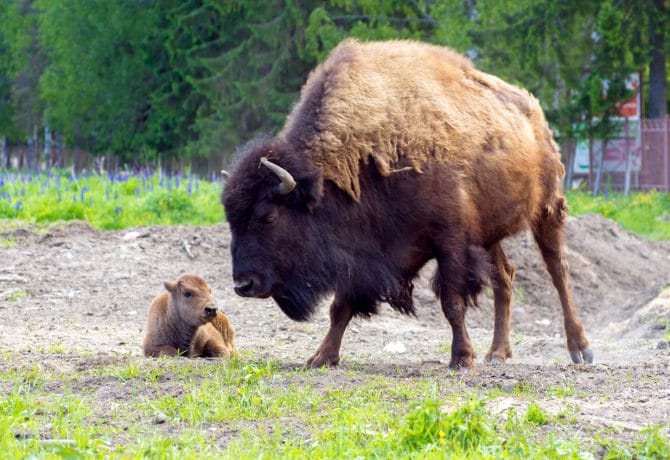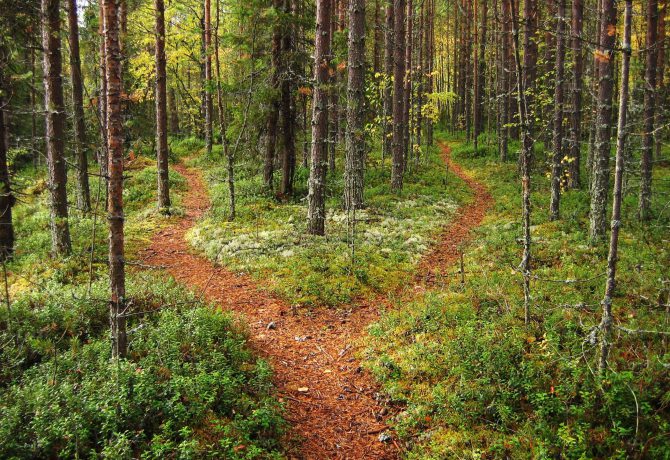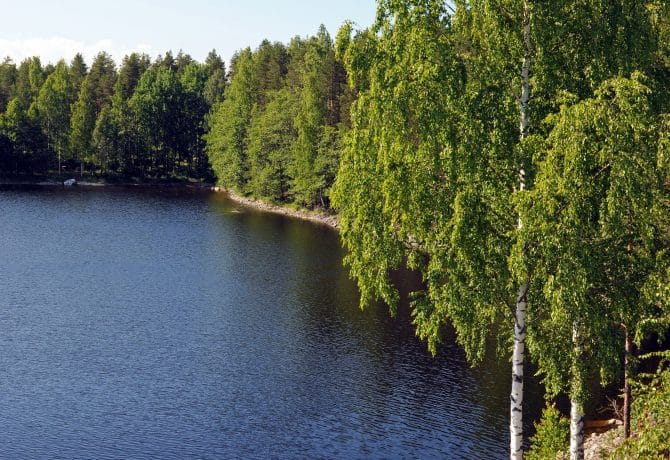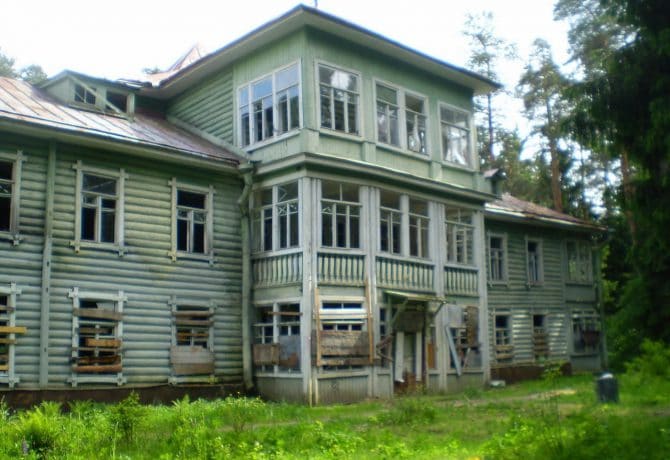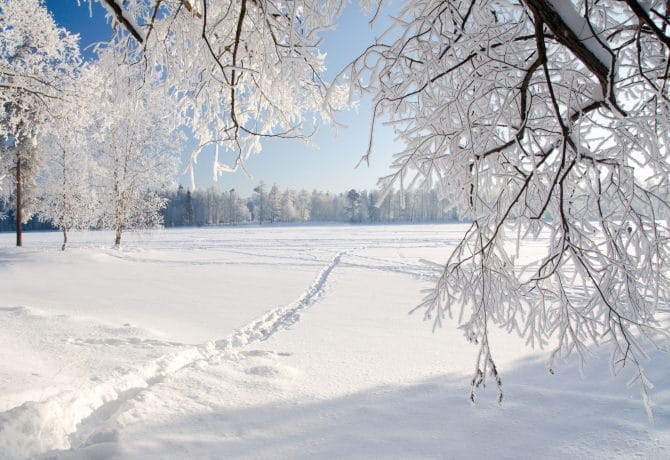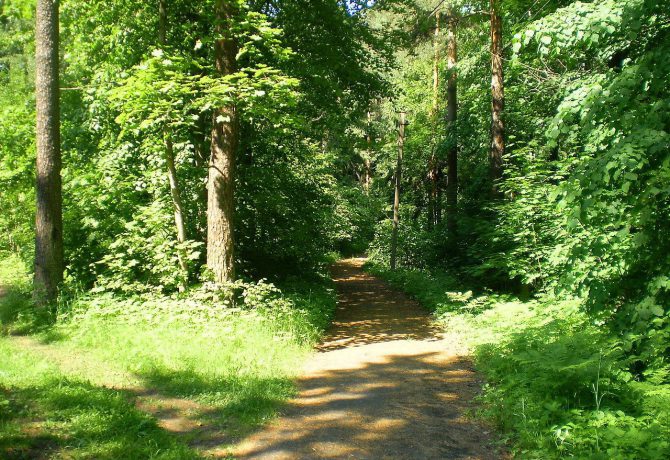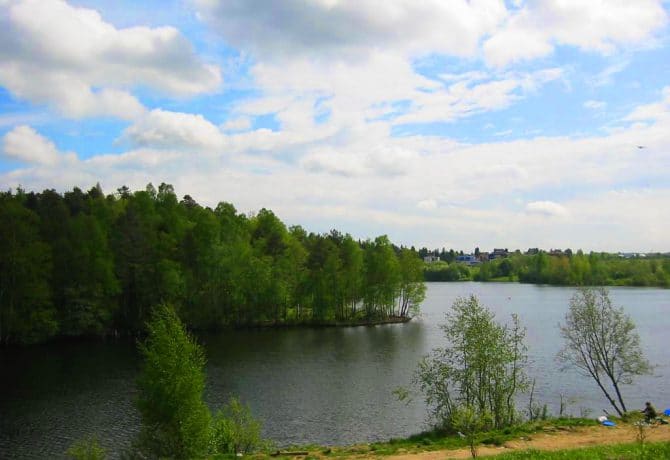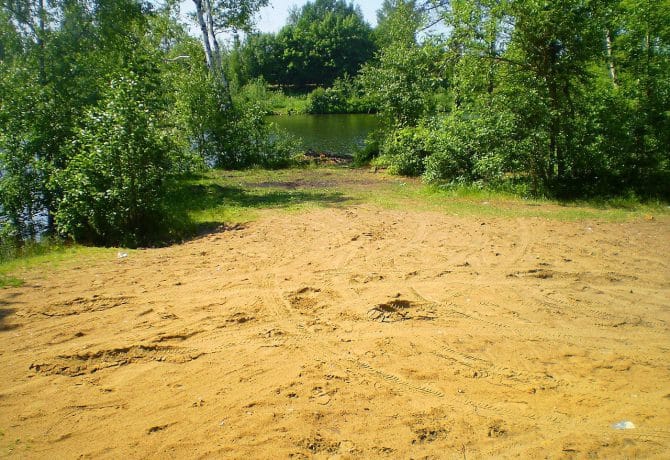One of the most picturesque cities of the Leningrad region is Vsevolozhsk. It arose on the site of a holiday village and a railway station built specifically for it. It was named in honor of the founder Pavel Alexandrovich Vsevolozhsky, who invested in the construction of the railway and became its shareholder. This place has always attracted St. Petersburg residents with nature, geographical location and special atmosphere. Pushkin visited here, once there was the first cheese factory of Catherine II, during the Second World War the “Road of Life” passed – the only thread connecting the Big Earth with the besieged Leningrad. Today Vsevolozhsk is an attractive tourist route. The city has comfortable hotels, restaurants with interesting cuisine. There are few attractions in the city itself. They can be inspected in one day. The main value is natural areas. The city, like a hundred years ago, is one of the best places to stay in the Leningrad region. From St. Petersburg, there is an electric train from the Finland station (Irinovskoye direction), minibuses from the metro stations “Ladozhskaya” and “Lenin Square”.
- 1 Church of the Savior Not Made by Hands
- 2 Museum-estate “Priyutino”
- 3 Vsevolozhsk State Museum of History and Local Lore
- 4 National Automobile Museum
- 5 Memorial Museum of Ivan Petrovich Pavlov
- 6 Museum “Road of Life”
- 7 Alexander Church in Toksovo
- 8 Bogoslovka Manor
- 9 Osinovets Lighthouse
- 10 Park “Sofiyivka”
- 11 Rumbolovsky Park
- 12 Alekseevsky Park
- 13 Zubrovnik Park in Toksovo
- 14 Zhdanov Lakes
- 15 Attractions Vsevolyzhsk on map
Church of the Savior Not Made by Hands
It is better to book hotels in advance. Travelers recommend staying in the “Olympus” in order to start exploring the sights of the city in the morning by visiting the Church of the Savior Not Made by Hands. The Orthodox Church was founded in 1899 on the territory of the Ryabovo estate, which belonged to the Vsevolozhsky family, just above the grave of the founder of the city. It is an octagonal tent temple with a small narthex and altar. During the years of Soviet power, the tomb was destroyed, and the building was turned into a club. A stage was installed here, where famous artists performed with concerts. For example, these walls heard the singing of Claudia Shulzhenko. After the war, a granary was placed in it. In 1988, it was decided to return the temple to believers. Since it was in close proximity to the “Road of Life”, it was decided to use it as a memorial temple in which the memory of those who died in the Great Patriotic War is honored. The family tomb of the Vsevolozhsks has not been restored and there are no plans to do so. The temple today has a different purpose. There is a pilgrimage service, a library and a Sunday school.
Address: Shishkanya str., 11A.
Site: http://vsevhram.com/
Museum-estate “Priyutino”
Here at the entrance there is a place where Alexander Pushkin liked to come. The estate “Priyutino” belonged to the first director of the Public Library Alexei Nikolayevich Olenin, with whom the poet was on good terms, and the beauty of his daughter Anna was repeatedly sung in his poems. While the owner was alive, the estate was called nothing but the “Shelter of the Muses”. Poets, musicians, composers – the whole world of Russian culture – have been here. After Olenin’s death, the estate was sold. The new owner turned it into a dairy farm. In Soviet times, the state farm began to develop on the territory of the estate, factories for the production of meat and dairy products appeared. But the building itself gradually fell into decay. In the 60s of the last century, it was decided to create a museum in it. It included all the old buildings, the courtyard and the park, which by that time had also falln into desolation. The first exposition was opened in 1971. Nowadays, the museum-estate “Priyutino” is a large cultural and historical complex. The building houses the main exhibitions and expositions, folk festivals are held in the park, and the estate itself is included in the list of implementation of innovative projects in Russia following the example of Skolkovo.
Address: Priyutino Manor, 1, Berngardovka horticultural massif, Vsevolozhsk, Leningrad region, Russia
Site: http://museum-priyutino.ru/
Vsevolozhsk State Museum of History and Local Lore
Where else can you learn more about the history of the region, if not in the historical museum. Here are collected exhibits telling about the origin, formation and development of the region, since 997. One of the expositions is devoted to the construction of the first Russian narrow-gauge railway – the Irinovskaya railway. Lovers of painting will be pleased with a small art gallery with portraits of generals – heroes of the Patriotic War of 1812. For those who are interested in folk art, there are numerous household items, clothes, jewelry that our ancestors used. A collection of quartz glass products performed by master Alexei Burov will bring pleasure to connoisseurs of beauty. The landmark is the public transport stop “Hospital”.
Address: Vsevolozhsky 5th., 36
National Automobile Museum
The collection of cars presented in the exposition of this museum impresses even sophisticated motorists. It is no secret that St. Petersburg residents with special reverence relate to the old Soviet cars. Every year, the owners of cars that have long been discontinued gather on the City Day to drive through the streets and demonstrate the authenticity of Soviet road transport. The museum presents not only “Seagulls”, “Victory” and “Muscovites” of different years of release. The fund is based on the private collection of local entrepreneur Oleg Titbery. He found a place of 2 and a half hectares and put on public display the equipment that he had been collecting all his life. More than 250 transport units are stored here, among which there are Studebaker, one and a half and even a tank. Much attention is paid to the transport of the war years, which carried out communication with the besieged Leningrad along the “Road of Life”. The museum can be visited by prior arrangement and only as part of a tourist group. Therefore, it is worth taking care of the excursion in advance by contacting any of the travel agencies engaged in organizing trips to Vsevolozhsk.
Address: Narodnaya str. (Yuzhny microdistrict, near the police)
Memorial Museum of Ivan Petrovich Pavlov
It was here, near Vsevolozhsk, in 1924, that Academician Pavlov equipped his biological station. He needed silence to preserve the purity of the experiments, as well as to state the results on paper as accurately as possible. The fact that in Pavlovo there is a memorial museum of the scientist, few people know. This is a small scientific town with a research center, neat houses for scientists, laboratories, animal enclosures. The science city not only gave the country useful information about the physiology of the animal world. Scientists have developed a unique system for growing vegetables in local weather conditions. Pavlov carefully protected his employees from any interference of the authorities, did not allow them to be repressed, dismissed, transferred to other institutions. He cherished every person. For this, his colleagues decided to perpetuate the memory of the great scientist, creating a museum for the man who was the first in the USSR to organize a full-fledged scientific town. The exposition is located in the building of the old laboratory. All guides have a scientific degree, as they live and work at the biological station. Before visiting, be sure to call the museum to arrange an excursion.
Address: Leningrad region, Vsevolozhsky district, Pavlovo village, Bykova str., 36
Website: http://pavlov-koltushi.ru/museum
Museum “Road of Life”
During the war, it was from here, from the territory of the former village of Osinovets, that the legendary “Road of Life” began, which saved hundreds of thousands of Leningraders from imminent death. Previously, the headquarters of the Osinovets naval base was based in the building that stood on this site. Nowadays, a branch of the Central Military Museum of St. Petersburg operates here. The house was bombed and badly damaged. It was restored and decided to give it to museum needs, besides, descendants should know the truth about the times when the life of the whole city depended on the road through the frozen Lake Ladoga.
In 2015, the entire territory was reconstructed. A new pavilion for large equipment was opened, an open-air exposition was organized, the park was put in order, the Embankment was equipped. At one time, the museum was a meeting place for war veterans. These days, children and grandchildren come in their place. Thus, the memory of generations of terrible years of military deprivation is preserved. When planning a visit, it is necessary to take into account that the entrance is paid. An adult ticket costs 300 rubles, discounts are provided for children, students and pensioners. The ticket office closes at 17.15, the museum itself is open from 10.00 to 18.00. On this you can end the excursion day and return to your hotels.
Address: Leningrad region., Vsevolozhsky district, Rakhyinskoye urban settlement, p.st. Ladoga Lake, highway Road of Life, 58
Alexander Church in Toksovo
Acquaintance with the surroundings can begin with the village of Toksovo. It is located 34 km from the city (by highway). On its territory there is an operating Lutheran church, built according to all the laws of Northern European architecture. The building is an object of cultural heritage of the peoples of the Russian Federation and is protected by the state. The parish is subordinate to the Evangelical Lutheran Church of Ingria, whose cathedral is located in St. Petersburg. The first Toksovsky temple was built in 1628. It was wooden, so it burned down during the Northern War. Money was allocated for the construction of the new church. In 1757, a building appeared in the village, which was dismantled in the 1880s. At the same time, with the funds collected by parishioners, a stone church was built, which has survived to this day.
In the Soviet years, the village became a summer cottage. Even the compilers of weekend ski routes in the vicinity of Leningrad advised not to go to Toksovo, since there was nothing interesting there. But the church survived. In 1937, it was closed, but not blown up, but given to the club. The premises were divided by floors into three floors and until 1988 amateur art circles were engaged in here, events were held. And Toksovo since the mid-60s has become the center of ski sports of world importance. Finns make up the majority of the population. The current church will introduce the local life and culture better than other objects.
Address: Toksovo settlement, Vsevolozhsky district, Leningrad region, Russia
Bogoslovka Manor
Ethnographic Park “Bogoslovka Manor” is a museum of Russian northern wooden architecture, located in the open air. All buildings are created according to drawings and drawings of the 17-19 centuries, the authentic atmosphere of the ancient city of the north-west of Russia is recreated. The concept includes the preservation of traditions of culture and life. The objects of the ethnopark include the ensemble of Zinoviev’s dacha, the Karelian-Finnish settlement of the 18th-19th centuries, the Churchyard of the Intercession Church, the historical settlement of the 16th-17th centuries, three piers, the complex of the Kargopol fortress on the Onega River, the village of Chekuevo with a shipyard.
Employees implement programs to popularize folklore, folk crafts, handicrafts. Specialists conduct sightseeing and thematic excursions, offer participation in master classes of painting on wood. There is a refectory on site. In it you can have lunch, as well as learn the secrets of cooking traditional dishes. Each excursion is accompanied by theatricalization. “Russian Village” and “Molodetsky Fun” will interest children, as they offer round dance and outdoor games. For each national holiday, a separate program is prepared with tea drinking, spectacle and folk festival. On weekends from 12.00 to 16.00 weekend excursions are held. Bus and taxi runs from the station. metro “Lomonosovskaya” (St. Petersburg).
Address: Bogoslovka Manor, Nevsky Forest Park, Vsevolozhsky District, Leningrad Oblast, Russia
Site: http://park.bogoslovka.spb.ru/
Osinovets Lighthouse
The village of Lake Ladoga, where the museum complex “Road of Life” is located, is marked by another attraction. Here is a 70-meter Osinovets lighthouse. It was built from 1905 to 1920 and is still among the ten highest traditional lighthouses in the world. The territory is fenced, but not protected. The object belongs to the military department. During the siege of Leningrad, it served as a reference point for transport delivering food supplies, ammunition, medicines, clothing and other things necessary for the defenders of the heroic city.
Nowadays, the lighthouse continues to perform the functions assigned to it, points the way to water vessels. Until 2010, the oldest lighthouse keeper in Russia, Sergey Shulyatyev, worked on it. He was replaced today by another person. It supports the operation of the lighthouse during the navigation period from April to November. The light of the lantern is visible for 40 and a half kilometers. The lighthouse is located on the border of the bay of Petrokrepestnost and marks the entrance to it from the west side. The height of the structure is 70 meters.
Address: Lake Ladoga, Leningrad region, Russia
Park “Sofiyivka”
The natural park “Sofiyivka” arose on the territory of the former noble estate. It is a monument of landscape and park architecture and is included in the register of protected objects. It is more like a forest, so true lovers of fresh air and nature like to come here for walks. Convenient paths are laid on its territory. There is peace and tranquility. Unfortunately, the building of the estate has not been preserved. In Soviet times, a state farm for the cultivation of vegetable crops, a kindergarten-nursery were organized here, then the premises were demolished. Only once in 2012, the authorities attempted to reconstruct the old estate. But, the project is still “under the cloth” due to lack of money.
The area of the park is 12 hectares. Here grow larches, lindens, birches, other coniferous and deciduous trees, ornamental shrubs, many herbs and flowers. There are small reservoirs. They were chosen by flocks of migratory birds, in particular, ducks. Visitors love to feed wild birds. Those, in turn, favorably accept human gifts. Several residential complexes have been built on the boundaries of the park. A movement has been created in the city to save the sofiyivka Park.
Address: md. Berngardovka, Vsevolozhsk, Leningrad region, Russia
Rumbolovsky Park
Rumbolovo is a suburban park recreation area on Lake Long. In the pine forest, you can order a gazebo for the company, sunbathe on the beach, rent a boat and go fishing. On the territory there is a wykboard station with equipment for water sports and a staff of experienced instructors. For the convenience of orientation, the entire territory is divided into sectors. In addition to recreation areas with tents and gazebos, there are sports grounds for volleyball, a children’s playground with a sandbox, a paintball field, tracks for atv races are broken, a rope town is organized.
Entertainment is thought out for every taste and any company. Even tourists who come alone find something to their liking. Places, as well as sports equipment, it is better to book in advance. Hotels in Rumbolovo are not provided. The nearest are “Olympus” (1 km), private apartments on Shishkanya, 12 (600 m), complex “Solnechny” (1.8 km). The park was created for active recreation of city residents and their guests. if there are free half days, then why not join the general fun.
Address: Rumbolovsky Park, Vsevolozhsk, Leningrad region, Russia
Alekseevsky Park
Alekseevsky Park became the first in the city equipped area of public recreation. Landscaping work was completed by October 10, 2010. On this day, its grand opening took place. The park starts from Alekseevsky Prospekt and stretches along an artificial lake created in the watercup of the Lubya River. The pond was formed as a result of the establishment of the dam and today is quite a picturesque place. Reconstruction was carried out at the request of local residents. On the territory there are alleys, benches, children’s and sports grounds, a beach and parking are equipped. As a result, the city received a landscaped recreational area.
Address: Alekseevsky Prospekt, Vsevolozhsk, Leningrad Region, Russia
Zubrovnik Park in Toksovo
Park “Zubrovnik” in Toksovo is the only complex in the Leningrad region. Ecotourism-oriented. It was organized in 1974. Then the first pair of bison were brought here. Over time, they gave offspring. A corral was made for the herd. Today in the park there are about 16 individuals of these majestic artiodactyls. Throughout the territory there are convenient routes, health trails, mangal zones, rental of equipment for outdoor activities. You can have a snack in 2 cafes. Children will be interested in visiting the equestrian club and mini farm. Admission is free, but there are paid services: horseback riding, rental of cotton candy and Finnish sledges, rest in gazebos, rope town.
Address: Leningrad region, Vsevolozhsk district, Toksovo village
Zhdanov Lakes
Zhdanovskie lakes are located in the historical part of Vsevolozhsk. In the pre-revolutionary period, there was a holiday village, and in Soviet times there was a health resort, which was popularly called “Zhdanov’s Dacha”. A pleasant natural area has to walk along both lakes, along the alleys of the sanatorium park past interesting architectural dachas. On the shores there are beach areas covered with golden sand. This is a great place for parents with children and lovers of quiet fishing. You can get there by bus number 6.
Address: md. Zhdanovskie Ozera, Vsevolozhsk, Leningrad Region, Russia
Vsevolozhsk is located half an hour drive from St. Petersburg by car. You can come here as part of an excursion group or independently. The layout of the city and its surroundings is easy to orienteer, all the attractions are close to each other. You only need to choose the right hotels, book rooms in them and go in search of new impressions.

